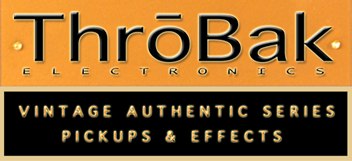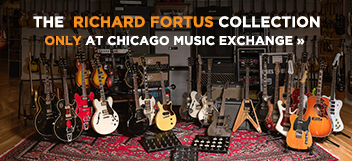-
THIS IS THE 25th ANNIVERSARY YEAR FOR THE LES PAUL FORUM! PLEASE CELEBRATE WITH US AND SUPPORT US WITH A DONATION TO KEEP US GOING! We've made a large financial investment to convert the Les Paul Forum to this new XenForo platform, and recently moved to a new hosting platform. We also have ongoing monthly operating expenses. THE "DONATIONS" TAB IS NOW WORKING, AND WE WOULD APPRECIATE ANY DONATIONS YOU CAN MAKE TO KEEP THE LES PAUL FORUM GOING! Thank you!
You are using an out of date browser. It may not display this or other websites correctly.
You should upgrade or use an alternative browser.
You should upgrade or use an alternative browser.
Recent content by DOTMKR
-
D
1958 EB2 restoration
Because he is a mix of Long John Silver and Amerigo Vespucci with a little JS Bach thrown in.- DOTMKR
- Post #3
- Forum: Cool Non-Gibson Guitars
-
D
Neck Angle Of 58, 59 and 60.
The little curved bit of maple showing in the cutaway.- DOTMKR
- Post #39
- Forum: Vintage 1952-1960 Les Pauls
-
D
Let's see some top carves!!! 1959 burst content!
I think it’s more of the relationship of maple to mahogany. But I’m sure there are subtle differences From arching variations. If you look at a 59 standard, they seem to be fairly consistent. The things that are considered pleasing, probably don’t have a lot of affect on the voice. I can go into...- DOTMKR
- Post #12
- Forum: Vintage 1952-1960 Les Pauls
-
D
Neck Angle Of 58, 59 and 60.
A 53 to 56 has a shallower neck plane on the body than a 57. Some call it the fretboard plane. If the fretboard plane is relatively shallow, then the angle on the neck end has to be closer to 90 Than if the fretboard plane on the body was steep. Because the fretboard is a straight line And...- DOTMKR
- Post #37
- Forum: Vintage 1952-1960 Les Pauls
-
D
Neck Angle Of 58, 59 and 60.
It is not too difficult to measure. The underside of the fretboard is a straight line and the end of the body is also straight. It someone has a 1960 (not a reissue) that can be measured. But a comparison is probably the best way to solve this. 59 to 60 on the same bench with the same tool to...- DOTMKR
- Post #36
- Forum: Vintage 1952-1960 Les Pauls
-
D
Henry Vestine's (of Canned Heat fame) conversion
I think the binding makes the horn look pointed because it is not original and is thick and wide.- DOTMKR
- Post #26
- Forum: Vintage 1952-1960 Les Pauls
-
D
Neck Angle Of 58, 59 and 60.
My philosophy after measuring and analyzing instruments is that my best effort is in trying to emulate the way something was made, using all the same type of components as the original instrument. Going back and analyzing is only an afterthought for me. So what is snap? Crack that whip! It...- DOTMKR
- Post #32
- Forum: Vintage 1952-1960 Les Pauls
-
D
Let's see some top carves!!! 1959 burst content!
Notice the angle of the carved top where the fretboard will sit. The one that looks a little longer is a shallower angle and will result in the fretboard projecting to a lower height at the bridge. This is the difference between a 59 and one like a 54.- DOTMKR
- Post #6
- Forum: Vintage 1952-1960 Les Pauls
-
D
Fret distance measurements - calling all luthiers
Grant, when you play the twelfth fret and compare to open or harmonic twelfth what do you get? Can you move the saddles to make these the Same. You really don’t even need a mm ruler to place the bridge. Answer the above and I can help you further. Poor man answered perfectly though.- DOTMKR
- Post #7
- Forum: Les Paul Tech Area
-
D
Neck Angle Of 58, 59 and 60.
This top is hard maple, so that might contribute to the snappy sound.- DOTMKR
- Post #30
- Forum: Vintage 1952-1960 Les Pauls
-
D
Neck Angle Of 58, 59 and 60.
I certainly believe everyone’s ears. But how do we know the neck angle is steeper On a 60 compared to a 59? It seems the bridge height is being the determining factor. But the top thickness (arching height) can effect that. are all 60 LP guitars with a higher bridge?- DOTMKR
- Post #29
- Forum: Vintage 1952-1960 Les Pauls



